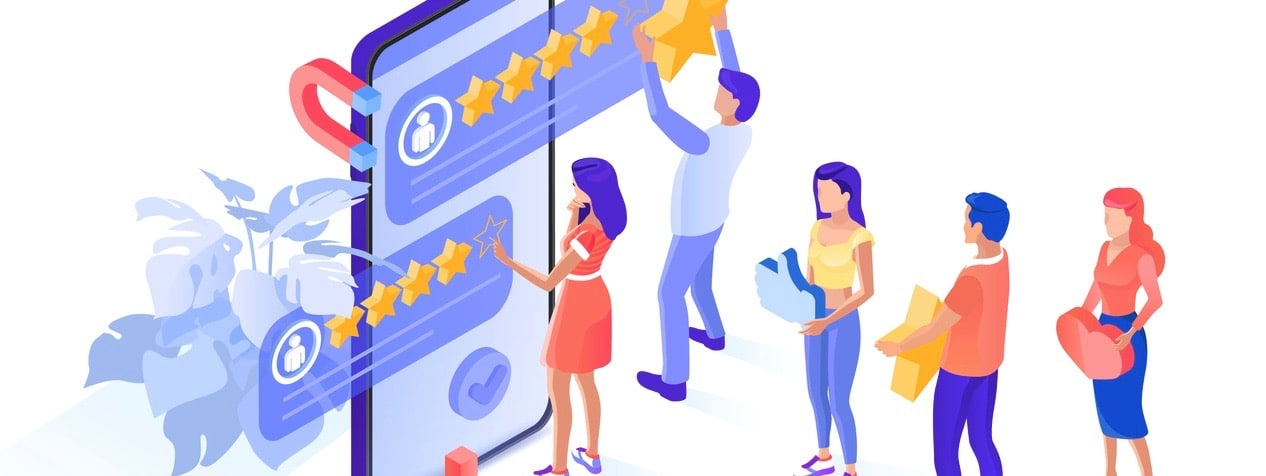New research from loyalty and customer engagement research consultancy Brand Keys finds that shifts in loyalty drivers are fundamentally changing the face of brand loyalty. The firm’s new study reveals a radically widening gap between customer desire and brand delivery, discovering these shifts in nearly all (91 percent) of the 110 categories researched, with a total of 987 brands tracked.
“Two and a half years after the pandemic upended life, the marketplace is normalizing,” said Robert Passikoff, Brand Keys founder and president, in a news release. “But the characterization ‘normalized’ now takes into account extraordinarily complex levels of social and consumer advocacy, combative political tribalism, and an economic rollercoaster, all of which explain consumers’ new-views of product categories and brands amid frighteningly higher expectations.”
2023 newest customer loyalty #1 leaders
Brands rated #1 in their categories for the first time include:
- Corona Extra
- Disney+
- Enterprise Rent-A-Car
- Aquafina
- Traders Joe’s
- com
- Oscar Meyer
- Epsom
- Levi Strauss
- H&R Block
- Lego
- Dannon
- Don Julio Tequila
- Drury Hotels
Returning brand champions
Because of the new ways in which consumers view categories along with their increased expectations, certain brands were returned to the #1 loyalty spot in their categories. This year those brands included:
- McDonald’s
- Uber
- The NFL
- Chase
- L’Oréal
- Apple (headphones)
- Chipotle
- Dick’s Sporting Goods
- CVS
- Samsung (smartphones)
- Colgate
Customer expectations: A two-word model for “normalized” brand loyalty
As complex as the brandscape and consumers have become, the new paradigm for loyalty can be captured in two words—customer expectations. “But as expectations are more emotional than rational, identifying them is tricky. It’s tricky because expectations are often unarticulated and more-often subconsciously felt. Hence our use of psychological measures,” said Passikoff. “Shifts in expectations result in massive changes in consumer wants, needs and desires. And how brands are seen capable of delivering against those expectations. You really do need to be able to measure both those things. Customer loyalty is calibrated precisely to those expectations.”
An “ideal” for every product
Consumers have an Ideal for every product and service that they use to gauge how brands measure up when it comes to their loyalty. It describes the emotional and rational values each consumer uses, often unarticulated and more-often subconsciously felt, to view the category, to compare brands, and to buy and remain loyal.
More importantly, whether emotionally or rationally-based, consumers hold expectations for each value. Those include aspects like personal goals, connection, customer experience, image and self-image, and the basics: value, availability, product range, product efficacy, reputation, and trust.
“Brands that best meet consumer expectations always have the most-loyal customers,” said Passikoff. The shift in how consumers view brand Ideals (in 87 percent of the categories tracked), combined with substantial expectation increases (in 95 percent of the categories) directly correlate to the shift in overall 2023 brand loyalty rankings.
Owning brand loyalty
“Because expectations are more emotionally-based today,” said Passikoff, “brands have a difficult time identifying and tracking them customer desires. But there are ‘hero’ brands that pretty much ‘own’ the #1 spot in their categories long enough to earn a ‘perennial loyalty’ designation.” Those brands include:
- Discover Card (26 years running)
- Google (23 years)
- Domino’s (19)
- Dunkin’ (17)
- Konica Minolta (16)
- Hyundai (14)
- AT&T Wireless (14)
- com (12)
- Home Depot (11)
Meeting extraordinarily higher consumer expectations have had a multiplier-effect when it comes to emotional brand engagement, desire, and loyalty.
Brand loyalty for the “new normal”
“The new paradigm for brand loyalty is pretty straightforward,” said Passikoff. “Expectations are the key. But as expectations are more emotional than rational, identifying them is tricky. And that results in massive changes in what consumers want and equally massive gaps between what they desire and how brands are seen capable of delivering. Happily, accurate loyalty metrics can help identify, close gaps, and keep marketers on the path to profitability.”
See the full list of the 2023 CLEI brands rated #1 for loyalty in their categories here.
For 2023, Brand Keys interviewed 113,550 consumers, 16 to 65 years of age drawn from the nine US Census Regions. Respondents self-select categories in which they are consumers and brands for which they are customers, assessing 987 brands in 110 categories.



